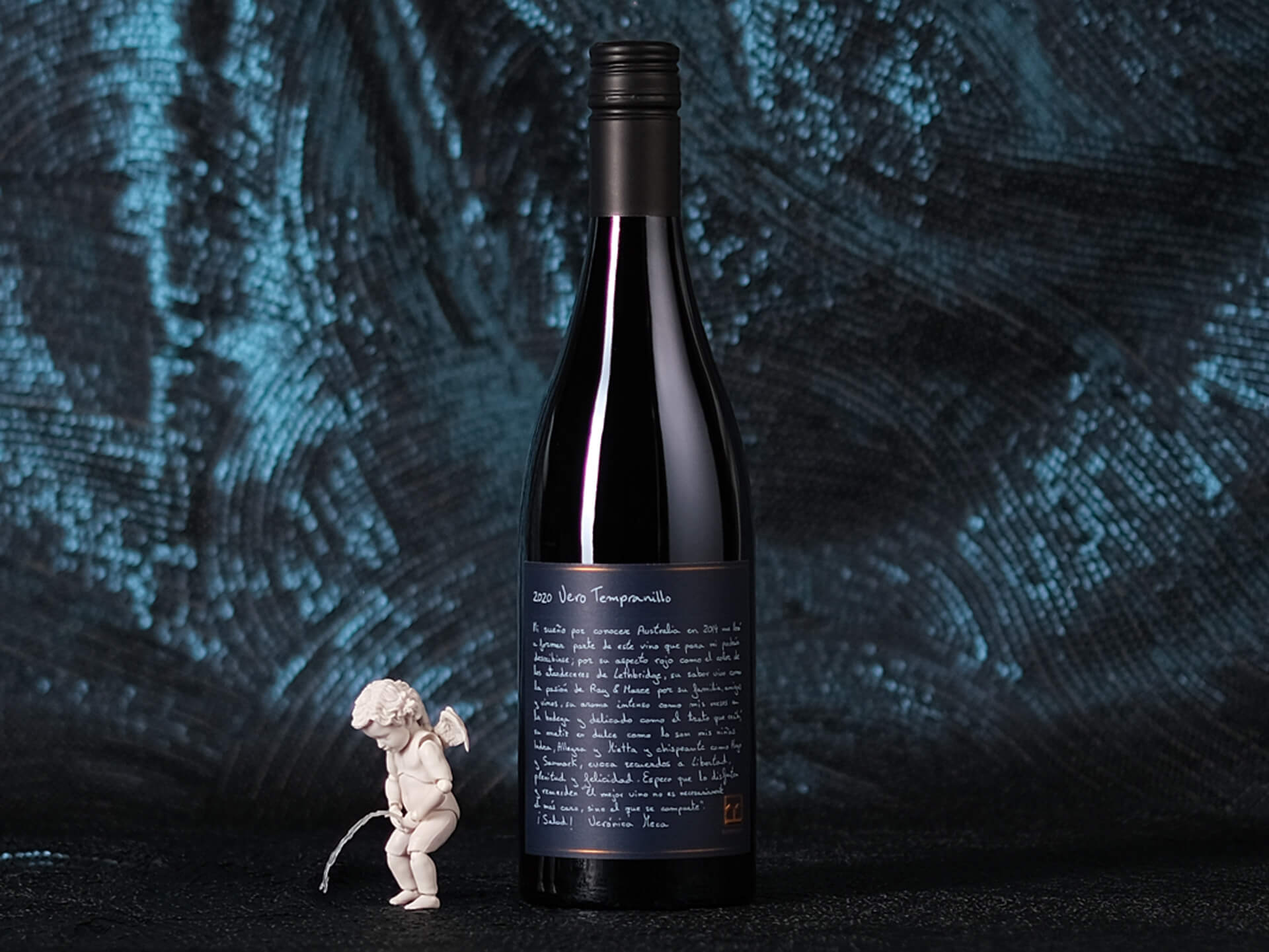Ray Nadeson is a charmingly restless soul, crafting classic wines from the signature varieties of his Geelong region as well as delving ever deeper into alternative methods and varieties to add countless new strings to his bow. A departure from the rich styles of tempranillo so often made, this emphasises red fruits and white pepper spice on a midweight frame with grippy tannins and rugged regional mineral notes to close.
Tasting note
The nose here is a melange of red berries and spice notes, with sour cherries, white pepper, sarsaparilla, malt, spiced plum and orange peel on a midweight elegant frame, the darker more saturated notes that sometimes present with the variety absent, but with a rugged regional minerality underpinning and complexing. There’s ample tannin here, but it’s fine, with an appealing Old World feel to the chewy grip, spiced red and black berries cresting through the finish.
Themes of this wine
Tempranillo
Tempranillo is Spain’s most celebrated red grape, accounting for the lion’s share of many of their top wines, most famously from Rioja and Ribera del Duero. It’s a grape that has a decent foothold in this country, too, with over 700 hectares planted. Although often associated with a warm climate, tempranillo favours a more moderate one, producing flavours in both a red and black fruit spectrum, with berries, plums, cherries, florals and woody herbs, with savoury notes of earth and tobacco not uncommon – cola is also a common descriptor.
Geelong
On the surface, it’s easy to compare the Geelong wine region with the Mornington Peninsula. Its Bellarine Peninsula embraces Port Phillip Bay in tandem with the Mornington Peninsula, and two of the regional heroes are chardonnay and pinot noir, but the two are remarkably dissimilar, with Geelong sprawling both along the coast and bay, as well as inland, unlike water-flanked Mornington. While Mornington catches the light with a good dose of glamour, Geelong has a quieter resolve and greater subregional diversity, with lighter soils making fragrant wines as well as volcanic sites producing those with dark fruit profiles and rugged minerality.



